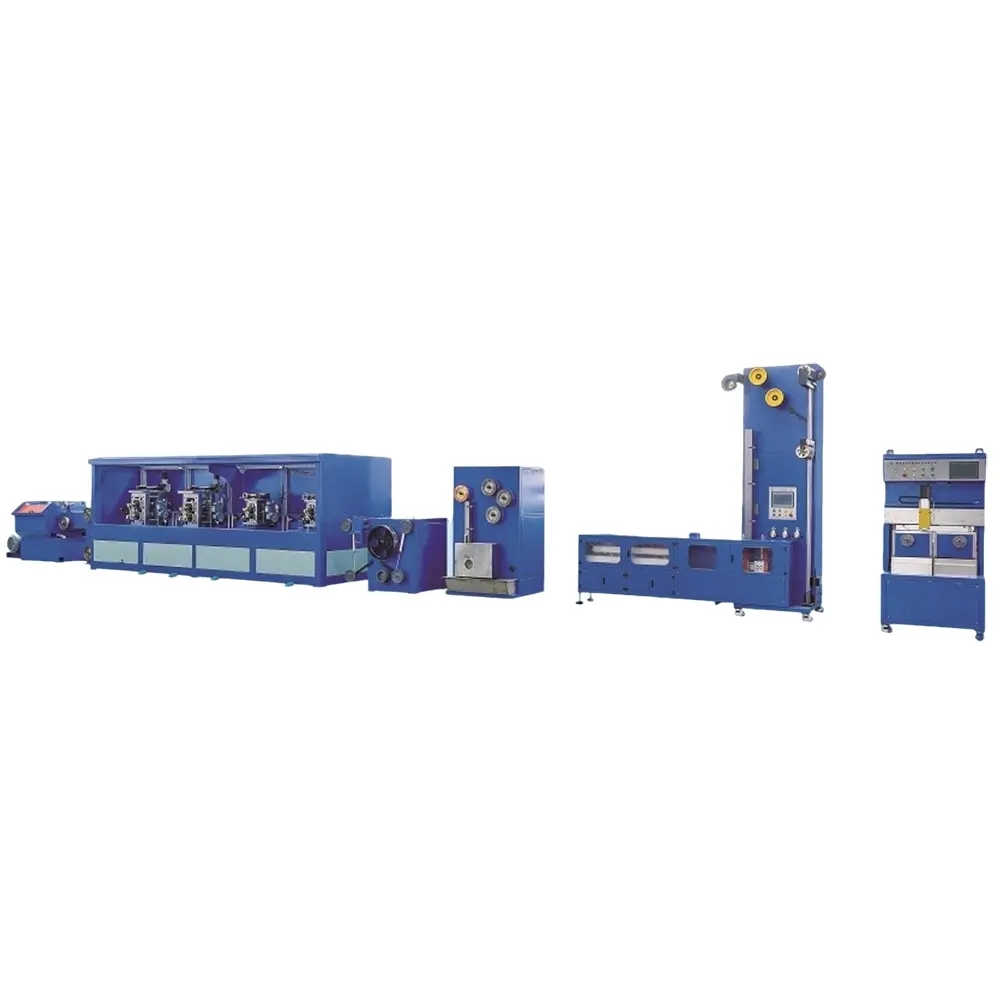- English
- Español
- Português
- русский
- Français
- 日本語
- Deutsch
- tiếng Việt
- Italiano
- Nederlands
- ภาษาไทย
- Polski
- 한국어
- Svenska
- magyar
- Malay
- বাংলা ভাষার
- Dansk
- Suomi
- हिन्दी
- Pilipino
- Türkçe
- Gaeilge
- العربية
- Indonesia
- Norsk
- تمل
- český
- ελληνικά
- український
- Javanese
- فارسی
- தமிழ்
- తెలుగు
- नेपाली
- Burmese
- български
- ລາວ
- Latine
- Қазақша
- Euskal
- Azərbaycan
- Slovenský jazyk
- Македонски
- Lietuvos
- Eesti Keel
- Română
- Slovenski
- मराठी
- Srpski језик
- Esperanto
- Afrikaans
- Català
- שפה עברית
- Cymraeg
- Galego
- Latviešu
- icelandic
- ייִדיש
- беларускі
- Hrvatski
- Kreyòl ayisyen
- Shqiptar
- Malti
- lugha ya Kiswahili
- አማርኛ
- Bosanski
- Frysk
- ភាសាខ្មែរ
- ქართული
- ગુજરાતી
- Hausa
- Кыргыз тили
- ಕನ್ನಡ
- Corsa
- Kurdî
- മലയാളം
- Maori
- Монгол хэл
- Hmong
- IsiXhosa
- Zulu
- Yoruba
- অসমীয়া
- ଓଡିଆ
- Punjabi
- پښتو
- Chichewa
- Samoa
- Sesotho
- සිංහල
- Gàidhlig
- Cebuano
- Somali
- Тоҷикӣ
- O'zbek
- Hawaiian
- سنڌي
- Shinra
- Հայերեն
- Igbo
- Sundanese
- Lëtzebuergesch
- Malagasy
What are the applications of photovoltaic welding strip rolling mill in factories
The photovoltaic welding strip rolling mill is the core equipment in the production process of photovoltaic welding strips, mainly used to process metal wires (such as copper strips) into specific specifications of welding strips that meet the welding requirements of photovoltaic modules through rolling technology. Its application in factories is mainly reflected in the following aspects:
1. Forming and processing of photovoltaic ribbon
This is its most core application. Photovoltaic solder strip (also known as tin coated strip) is a key connecting material for series welding and stacking of photovoltaic cells, which requires extremely high dimensional accuracy (thickness, width tolerance) and surface flatness.

The rolling mill gradually rolls the original copper strip (or tinned copper strip blank) into a flat strip with uniform thickness (usually between 0.08-0.3mm) and width adaptation (customized according to the battery cell specifications, such as 1.5-6mm) through multiple passes of rolling.
During the rolling process, the cross-sectional shape of the welding strip (such as flat, rounded rectangle, etc.) can be controlled by adjusting the roll parameters to ensure its fit with the main grid line of the battery cell and improve the welding quality.
2. Improve the performance and consistency of solder strips
Performance optimization: The rolling process can strengthen metal materials through cold processing, improve the mechanical properties such as tensile strength and elongation of the welding strip, and avoid fracture due to stress during the lamination and transportation of photovoltaic modules.
Consistency guarantee: The fully automatic rolling mill can accurately control the rolling pressure, speed, and roll gap, ensuring minimal dimensional errors (usually with a tolerance of ≤± 0.01mm) in batch production of welding strips, reducing problems such as virtual welding and desoldering of solar cells caused by inconsistent welding strip specifications, and improving the power generation efficiency and reliability of photovoltaic components.
3. Adapt to diverse welding strip requirements
There are differences in the specification requirements for welding strips due to the different types of photovoltaic modules (such as monocrystalline, polycrystalline, PERC, TOPCon, HJT, etc.) and application scenarios (such as ground power stations, distributed photovoltaics, flexible modules).
The photovoltaic welding strip rolling mill can produce welding strips of different widths, thicknesses, and hardness by replacing the rolling rolls and adjusting the process parameters, meeting the diverse production needs of photovoltaic modules.
For example, for high-efficiency HJT batteries, thinner and finer solder strips can be rolled to reduce the shading area; For flexible components, welding strips with better ductility can be produced to adapt to bending scenarios.
4. Integrate into the welding strip production line to improve production efficiency
In large-scale welding strip factories, the rolling mill usually forms a continuous production line with the preceding wire laying and cleaning equipment, as well as the subsequent tin plating, slitting, and winding equipment:
From the entry of metal billets to the production of finished welded strips, automated continuous processing is achieved, reducing manual intervention and significantly improving production efficiency (achieving rolling speeds of tens of meters per minute).
The stability of the rolling mill directly affects the smoothness of subsequent processes, and its precise control ability can reduce the scrap rate and lower production costs.



